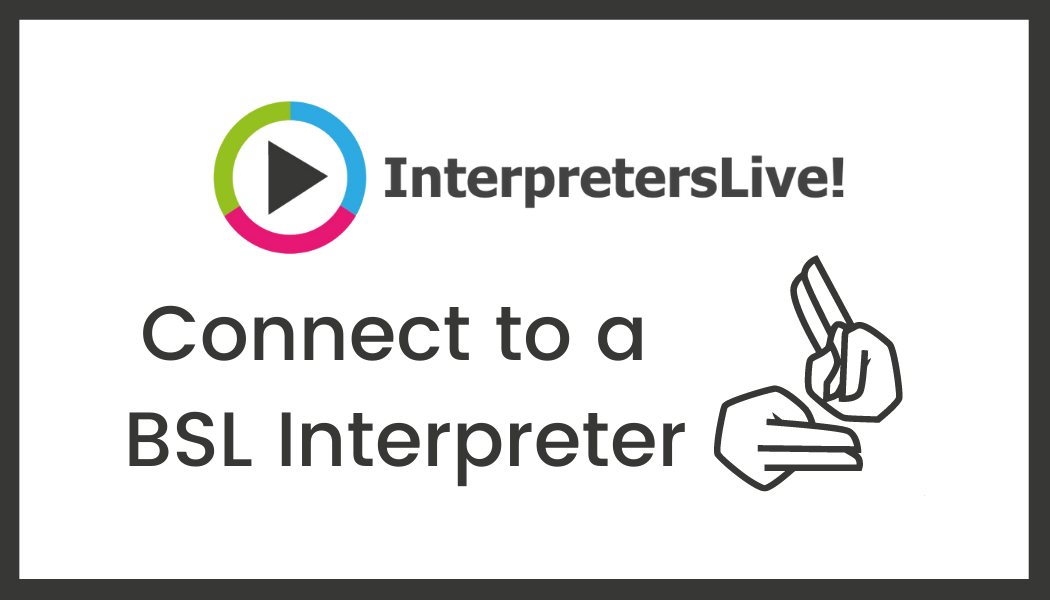
How to Support Anxious Employees
Stress and anxiety in the workplace are more common than you might think. Every workplace has challenges that can impact our mental health, from tight deadlines to internal conflicts. These issues can be extremely difficult to handle for employees already suffering from anxiety. 1 in 6.8 people now experience mental health problems in the workplace, and anxiety levels have increased in recent years following the disruption of the pandemic. Business leaders and managers need to know how to support employees suffering from anxiety to ensure they can achieve their full potential, both in and outside the office. Here's everything you need to know about creating a workplace that supports, empowers, and motivates anxious staff.

Understanding Anxiety in the Workplace
According to Anxiety Disorders of America, more than 18% of the adult population currently suffers from some form of anxiety disorder. What's more, most of these professionals say their anxiety issues lead to a host of difficulties in the workplace. An anxiety disorder can be extremely debilitating for staff, making it difficult for team members to focus on tasks, retain productivity, and interact with others. Anxiety can also affect health, leading to higher absence and turnover rates. The first step in overcoming anxiety in a sports workplace is knowing how to spot the signs. Many employees still aren't comfortable speaking about mental health issues. However, managers and supervisors can see symptoms of growing anxiety in:
· A drop in overall performance and productivity
· Difficulty making decisions in the workplace
· Changes in eating habits
· Excessive smoking and drinking
· Fatigue or exhaustion
· Increased sick leave or absences
· Problems maintaining work relationships
If you see these signs in your employees, it could be a sign that issues with anxiety and stress are gradually contributing to burnout in your team. The faster you act, the easier it will be to preserve productivity and avoid losing critical team members.
Creating a Supportive Work Environment
Managing and supporting employees with anxiety requires a multi-faceted strategy. It begins with creating an environment where all employees can thrive, connect with others, and feel respected by their peers. Some of the best ways to create a supportive work environment include:
Promoting open communication
Consistent communication is essential to building trust and community in workplace. Developing an open-door policy that allows any staff member to ask questions, request help, or share their concerns at any moment helps create a friendly and welcoming atmosphere.
Open-door policies are particularly beneficial for people with anxiety, as it helps them to recognise that support is there whenever they need it. If your managers can't handle an open-door policy, assign team members buddies they can turn to for help.
Encourage work-life balance
It's easy to get caught up in the constant quest for productivity. However, a good work-life balance is crucial to retaining and improving employees' wellbeing. 3 in 10 workers say they're less productive because of poor work-life balance. With this in mind, encourage your employees to take breaks, move to different parts of the office when they need space, or even take mental health days when necessary. Ensure every staff member has a realistic, achievable workload, and avoid overwhelming employees with too many tasks.
Set clear expectations
When managing an employee with anxiety, setting clear expectations and realistic goals can be helpful. The idea isn't to force challenging expectations on your team members but let them know what you need from them, even when they're experiencing periods of anxiety.
At the same time, allow your staff members to share their expectations and needs with you. Ask them what they need to accomplish specific tasks when struggling. This will create an open dialogue and pave the way for business-wide growth.
Be Flexible
When your employee's mental or physical health affects their day-to-day work, it's your responsibility as a leader to make accommodations. Even the smallest adjustments can greatly affect an employee's wellbeing. For instance, you could consider changing their hours temporarily or letting them work from home for a while. You might also allow them to adjust their schedule occasionally when they need to seek external support, like therapy or counselling.
Implement Stress-Reducing Initiatives
Initiatives that guide employees through managing their anxiety can be extremely useful for maintaining engagement and productivity. You could consider implementing a wellness program that encourages physical activity and exercise to reduce feelings of stress.
Some sports organisations offer training resources, such as workshops and seminars on stress reduction, time management, and organisation. You could even encourage mindfulness and relaxation exercises, giving your team members a quiet space, they can retreat to when they need space or time to unwind.
Providing Resources for Anxiety Management
While anxiety is extremely common in the modern world, it's also widely misunderstood. Managers and supervisors who don't suffer from anxiety disorders don't always know how to provide the best support to their teams. Colleagues can struggle to understand the behaviour of a person with anxiety, leading to more workplace conflicts. One of the best ways to address this issue is with education. Invest in strategies such as:
· Managerial training: Provide mental health training to managers and supervisors to help them recognise the signs of anxiety and understand how to address difficult situations.
· Employee assistance programs: Offer anxious employees access to tools and resources that can help minimise their stress and improve the working environment.
· Mental health resources: Consider partnering with mental health professionals such as counsellors and therapists to support your team.
· Wellness programs: Invest in wellness programs that promote physical and mental health, with guidance on meditation, relaxation, and stress management.
Fostering a Culture of Support and Empathy
Your company culture will play an important role in determining how supportive and empowering your workplace is for anxious employees. The key to success is ensuring everyone in your team feels respected and included, regardless of their mental health issues.
Start by educating your employees about mental health and anxiety disorders. Access resources and documents that help team members manage their anxiety and support other staff members.
Promote inclusion and diversity by setting expectations for how team members should treat each other. Teach team members how to overcome bias and drive the development of employee relationships with peer support and mentoring programs.
Consistent recognition can be helpful for people with anxiety, too. Ensure your staff members are rewarded for their accomplishments and achievements. Celebrate little wins, like coming to the office all week or hitting deadlines for a month.
Remember, anxiety can vary from person to person, so it's worth speaking directly with your team members to help identify specific triggers and stressors and create personalised support plans for each team member.
Overcoming Anxiety in the Workplace
Anxiety and stress can be common in any environment. When allowed to fester, these issues can impact your team's productivity and your ability to retain and engage crucial staff members.
Implementing a strategy to build an empathetic and supportive workplace ensures every team member can thrive. When you prioritise wellbeing in the workplace, focusing on mental and physical health, your team members are more likely to achieve their goals.
Start taking proactive steps to support your employee's wellbeing, and you'll benefit from a stronger employer brand, better retention rates, and more efficient employees.
Let's connect on Linkedin to discover more expert tips, advice and our amazing job opportunities!




